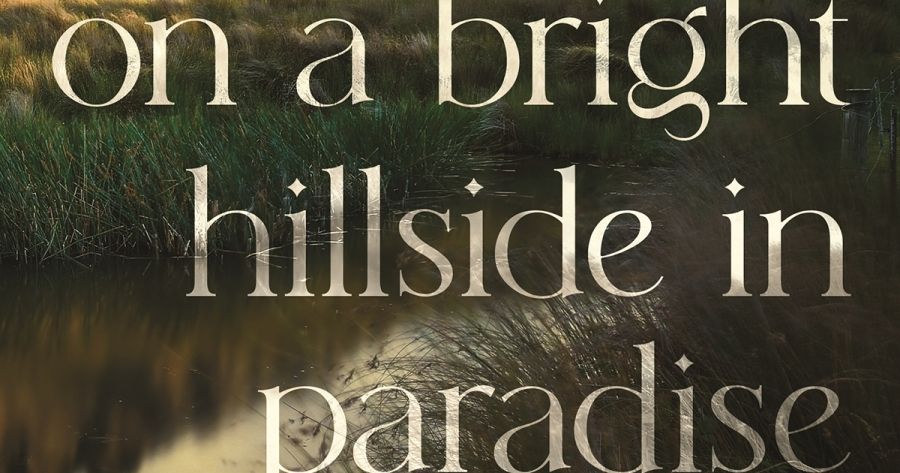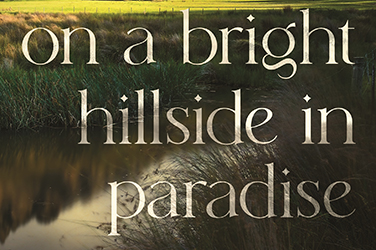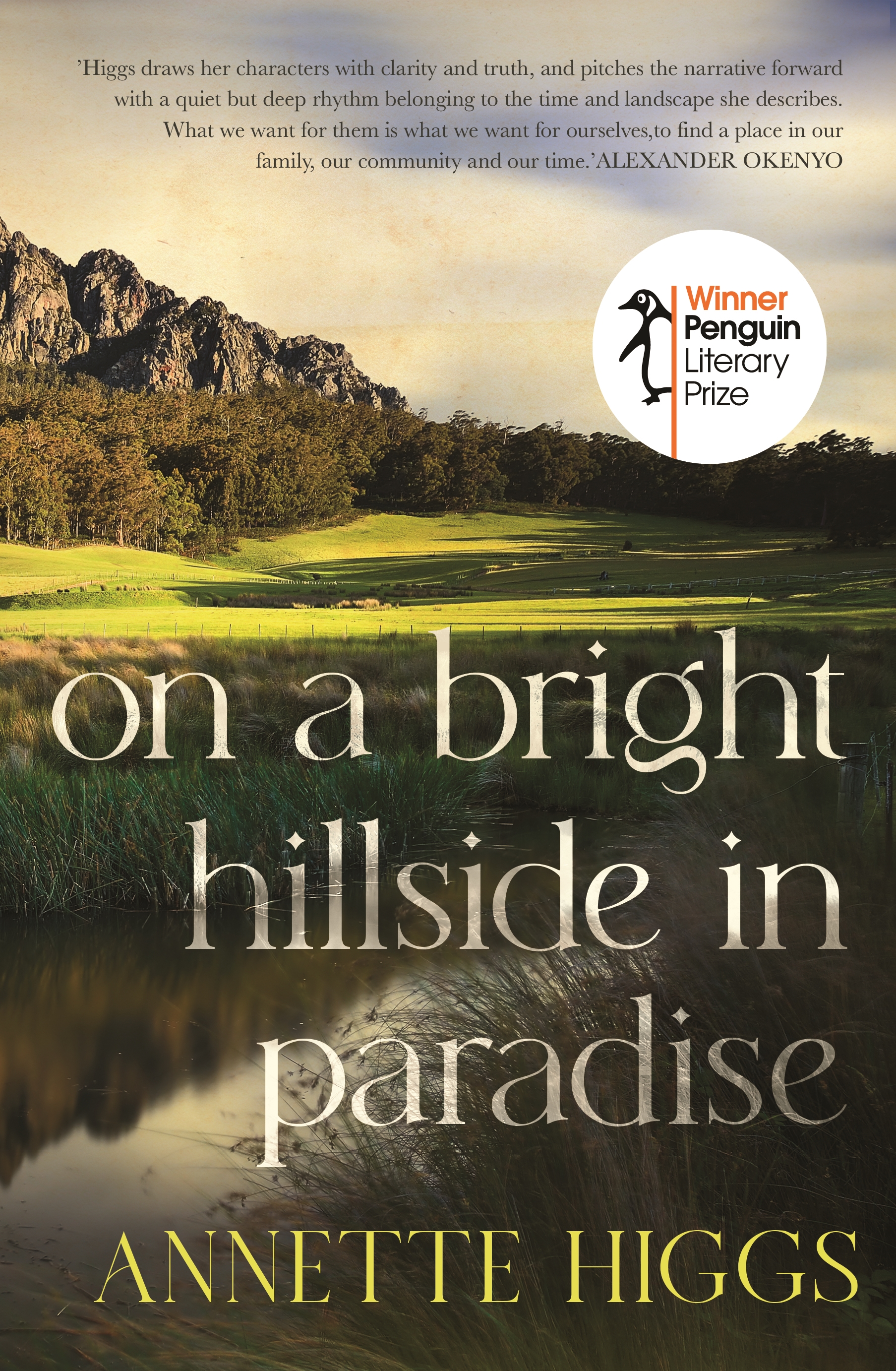
- Free Article: No
- Contents Category: Fiction
- Review Article: Yes
- Article Title: Stories still to tell
- Article Subtitle: Creek baptisms and other family sagas
- Online Only: No
- Custom Highlight Text:
Anyone who watched the recent SBS survival series Alone Australia will have gained a new understanding of western Tasmania: of how wild it is, and how rugged, and how cold. A hand-to-mouth, hardscrabble life of subsistence farming there would be bad enough today; for the nineteenth-century white settlers of Annette Higgs’s novel it is close to unsurvivable, and indeed some of her most vulnerable characters do not survive it.
- Featured Image (400px * 250px):

- Alt Tag (Featured Image): Kerryn Goldsworthy reviews 'On a Bright Hillside in Paradise' by Annette Higgs
- Book 1 Title: On a Bright Hillside in Paradise
- Book 1 Biblio: Vintage, $32.99 pb, 310 pp
- Book 1 Cover Small (400 x 600):

- Book 1 Cover (800 x 1200):

This family saga tells some of the same stories from five different characters’ points of view, a common-enough but sometimes treacherous narrative technique that is effectively used here. There is little repetition and little authorial intervention: in her exploration of how differently people can perceive the same events and characters, Higgs makes effective use of the rule ‘Show, don’t tell.’
As that Author’s Note suggests, the story focuses mainly on the third generation, children of the ‘large family’, the oldest of whom are all more or less teenagers when the evangelists first arrive. The time and place, and to some extent the backstory of the family, are set up by the sections telling the story from their grandmother Eliza’s and their mother Susannah’s point of view, but the family tension in the story develops after the evangelists arrive and the two older brothers closest together in age, Eddie and Jack, react very differently to the effect these strangers are having on their family and their community.
Their sister Echo, ‘fourteen years old and thin as a stick’ on the memorable night that the evangelists hold their first revivalist meeting in the district, acts as a kind of anchor both to the family and to the story: Echo is both curious and competent, a helpful family member and a thoughtful observer, named partly for the mountain that feels to Susannah like a friend and that stands as a kind of steadying presence in the life of the farm, and partly for an older child the family has lost, and whose fate is the subject of a well-managed slow reveal.
As happens frequently with novels whose story has its roots if not its actual toes in family history or other verifiable historical events, Higgs doesn’t quite manage her subject matter successfully in the transition from nonfiction to fiction. There are no clear underlying messages from an identifiable authorial position, and no real narrative arc. Another thing I found sometimes unconvincing is the dialogue, and the management of voices in general. It is challenging to represent the way that people from other times might have spoken to one another, and here there are jarring moments in the conversations between characters, and sometimes in the narrative voice itself, where speech habits and patterns sound somehow American, which I suppose could be accurate but is often distracting.
The subject matter, though, is engaging enough to keep the reader going. The story of a white Australian settler family in the nineteenth century, and especially of a family in such a wild and dramatic part of the country, is interesting to many readers in itself, but what really brings it to life here is the dramatic arrival of the evangelical preachers, an event that Higgs wisely puts at the very beginning of her story. From that moment, which gives us significant insights into all five main characters, the story ranges chronologically backwards and forward across the generations.
The way the various family members react to their first experience of a revivalist meeting, strung along a spectrum from full scepticism to full trance-like acceptance, foreshadows the conflicts that will arise within the family. Higgs does a skilful job of showing how strong the attraction of evangelical revivalist Christianity, complete with creek baptisms and charismatic preachers, might be for people living hard lives; the most obvious example here is Susannah, who is entirely seduced by the promise that she will be reunited with her lost child in the afterlife.
‘Seduced’ is the right word, too; there are suggestions, clear but never overdone, of the close parallels between sexual fervour and religious ecstasy. But the two preachers, for all their hypnotic words and voices and the power they wield, are something of a dropped thread here; I would have liked to know more about their true characters and motivations – are they sincere, are they charlatans, are they somewhere in between? – which would also have added some narrative pull and tension.
The forms and conditions of landscape and weather are effectively implied – and implicated – in the rural pursuits and the physical comforts and discomforts of the family, as well as in the acknowledgment of the much older inhabitants and their culture. Higgs’s subject is her family saga, and she uses a brief but focused sketch of only one Aboriginal character, a man of integrity and quiet influence, to gesture towards a knowledge of the way that part of Tasmanian history underpins its settler culture. There are a number of good things going on in this book that provide plenty of food for thought, and it shows that there are still many stories left, in Tasmania and in the nineteenth century, for Australian writers to tell.


Comments powered by CComment